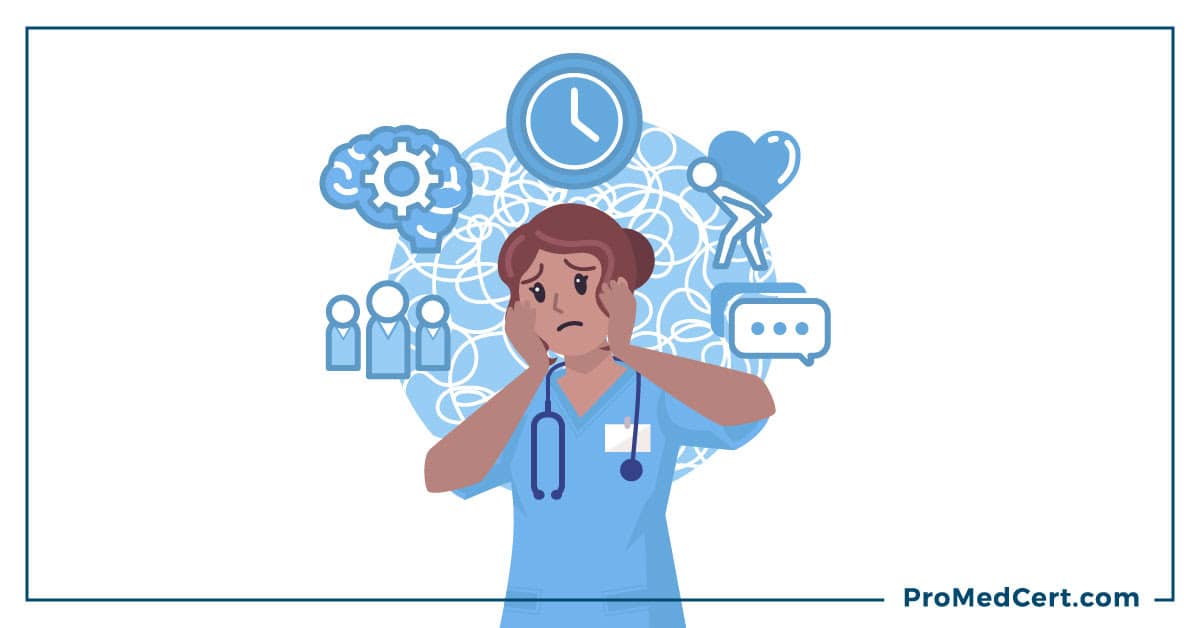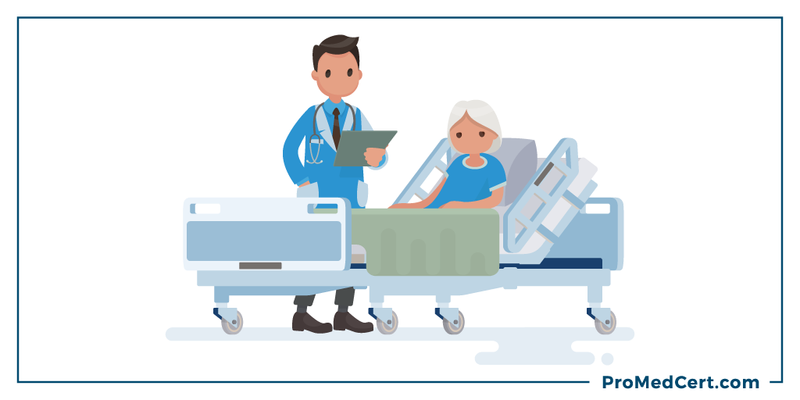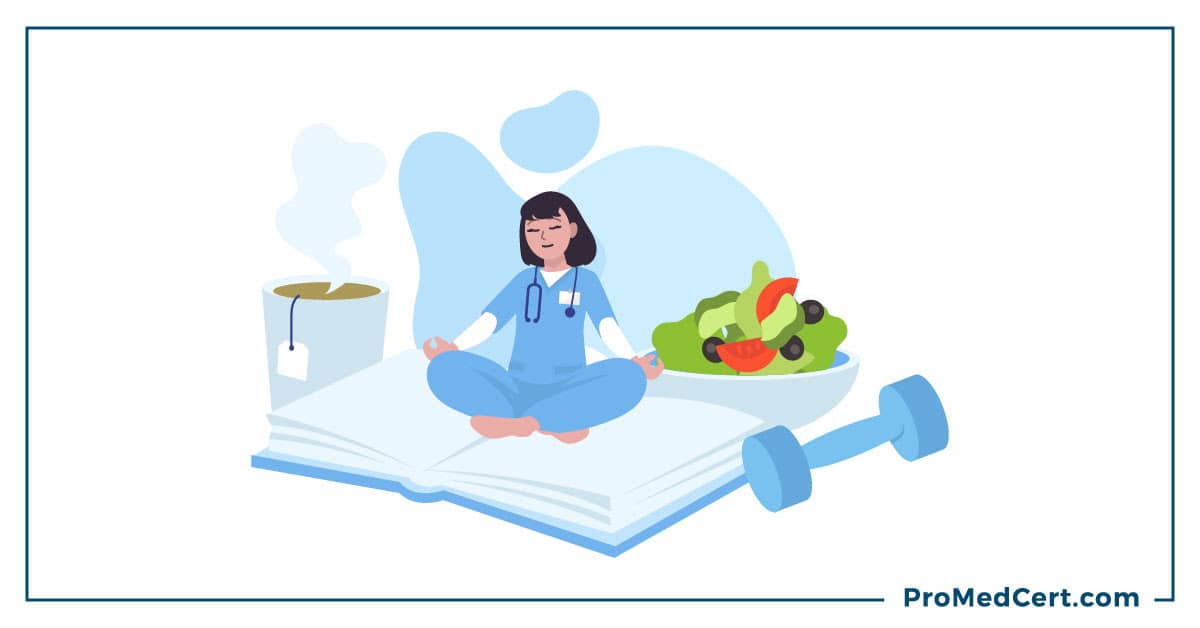Showing Empathy To Patients

It's been a long, hectic day, and you feel rushed and impatient. A patient comes in feeling unwell and needs your assistance. Even though you know how crucial it is to give this patient your whole attention, you’re unsure how to demonstrate compassion for them, given how overwhelmed you are right now. All of us have been there. Here's an example of empathy and how to demonstrate it even when you're feeling down.
Clinical Empathy

Empathy refers to the ability to put yourself in someone else's shoes and understand or acknowledge what they’re going through from their point of view.
Having the capacity to comprehend and empathize with another person's emotional state is empathy. It's an essential component of every doctor-patient interaction, and when it’s shown, it forges a bond between the patient and the medical professional. Empathy is an opportunity for nurses and doctors to demonstrate concern and compassion for patients.
Sometimes it's simple to show empathy, but it can occasionally be difficult in certain situations. All in all, it's a talent worth developing. Study shows that exhibiting empathy has many positive outcomes. Increased patient satisfaction, better doctor-patient interactions, and better drug adherence are all possible outcomes. Additionally, fewer malpractice lawsuits may result from it.
Empathy In Doctor-Patient Interactions

Here's an illustration of how to empathize with patients—or not.
Demonstrating Empathy
A patient comes in asking for antibiotics. You say, "Hi. You seem to be in a nasty mood! It appears that you were exposed to one of the circulating nasty viruses. Unfortunately, antibiotics won't help in this situation. If I felt an antibiotic might treat your condition in addition to anything else, I would prescribe it to you. I realize how irritating it is to be sick, but other options can be useful and could perhaps lessen the symptoms as the infection gradually disappears.”
Demonstrating A Lacking Of Empathy
You say, "You should know that antibiotics cannot treat viruses, which you have. Antibiotics can be administered only if a bacteria infection is present; otherwise, you'll develop resistance and more health issues. I'll prescribe some anti-inflammatory and decongestant medicine, and you ought to get more sleep.”
Both of these statements are clinically valid. They will, however, result in different reactions. In contrast to the second, which robotically states the facts, the first recognizes and supports the patient's distress. Even if the patient is frustrated, demonstrating empathy will help to establish trust more quickly.
Furthermore, if the patient doesn't feel heard when they express how miserable they feel, they can become upset and leave, believing they need to get an antibiotic.
Suggestions For Demonstrating Clinical Empathy

Some people have speculated that doctors' lack of empathy may be caused by them losing touch with or forgetting how it is to be a patient.
To regain exposure to patient experiences, some medical professionals have reflected on their experiences as patients or placed themselves in patient-like circumstances. One medical assistant, for instance, discussed the similarities between having a patient experience and being tattooed–from scheduling the tattoo session to feeling vulnerable. Her decision to get tattooed made her think back on the numerous opportunities she had to express empathy toward patients and give them the space to be open and vulnerable to lessen their anxiety.
In fact, sometimes, it's less a general lack of empathy and more the demands of our lives that prevent us from establishing that crucial human interaction with our patients. It becomes difficult to satisfy the demands of others when you’re exhausted both physically and emotionally, sleep-deprived and worried. A few basic communication techniques and cues, especially when you are pressed for time with a patient, will make them feel seen.
Try to incorporate these tips even on your toughest clinical days.
- Make Eye Contact
Establishing eye contact is crucial for building a connection with patients, but doing so has become more challenging due to the introduction of electronic health records. Try looking up when filling in patient information. Continue talking and engaging the patient when looking at the tablet or computer to indicate that you’re not preoccupied. Alternatively, explain to first-time visitors why you have to use your tablet or computer during their appointment.
2. Let The Patient Know You're Listening
To show that you’re listening and understanding what they’re saying, try nodding or repeating what they’re saying.
3. Observe Your Mannerism And Body Language
Avoid having one foot out the door, resting your hands on the doorknob, or folding your hands while interacting with the patient. Avoid standing unless it’s necessary to do so. Sitting down doesn't cost anything, and it can demonstrate that you’re not in a rush.
4. Take An Interest in Your Patients
Ask questions to ensure you’re fully aware of your patient's symptoms. Ask about the impact of their illness on their daily life. This helps you see the bigger picture while giving them a sense of acknowledgment and the perception of being cared for and understood.
5. Take Notes on The Patient's Humanizing Features
This entails doing more than simply filling checkboxes on the EHR. Find out what’s affecting their lives. Is there an unwell family member? Is there any action they could take? What are some of their daily activities? The more familiar you are with the patient's life, the more likely you feel empathy for them, and the more at ease and trusting they are towards you.
6. Offer Support
Identify a patient's emotions and respect their worries and frustrations. Support patients by attending to their physical as well as emotional needs.
7. Dig Deeper
This is important if you catch yourself passing judgment. Find common ground by learning the patient's history. Medical school focuses mostly on the technical abilities that enable medical professionals to be excellent diagnosticians, but it frequently falls short in preparing us for patient interaction. We all benefit from improved patient outcomes that come with human connection, which is crucial in providing health care.

